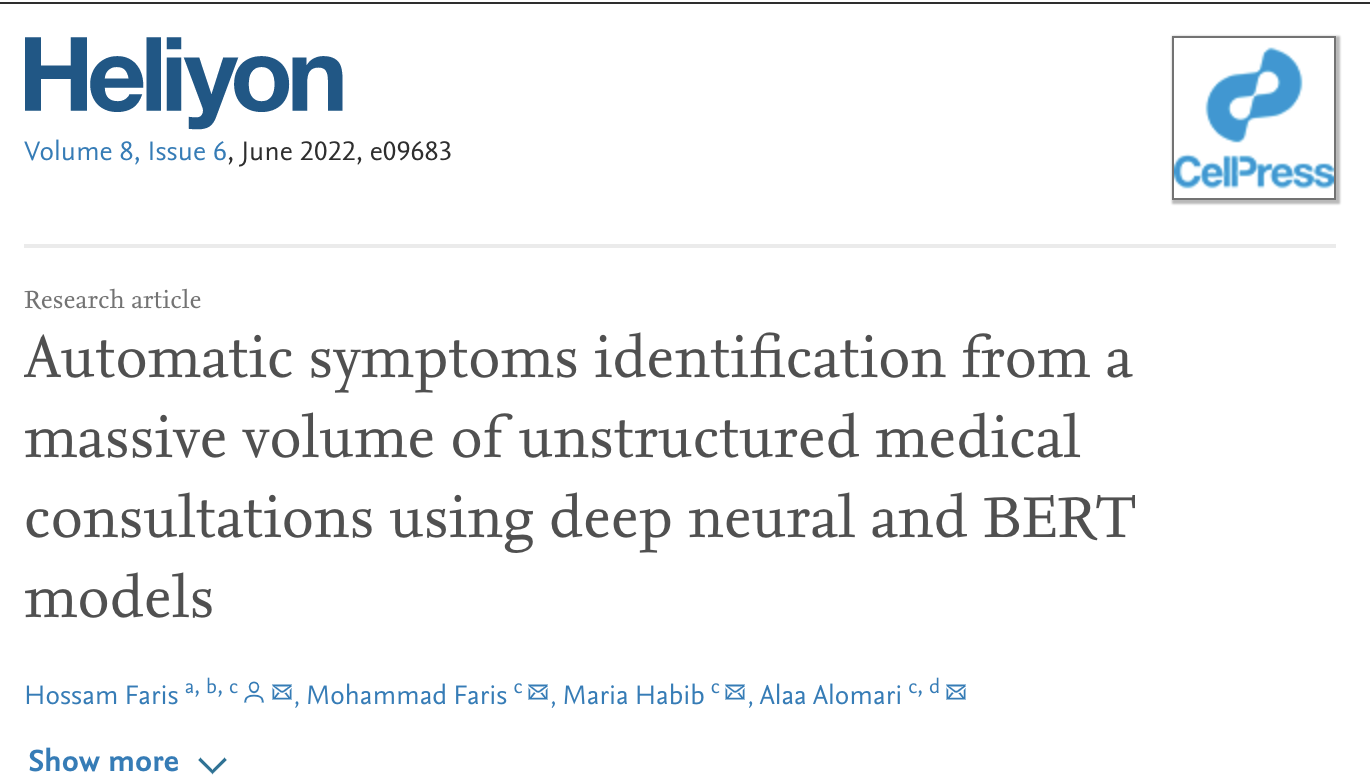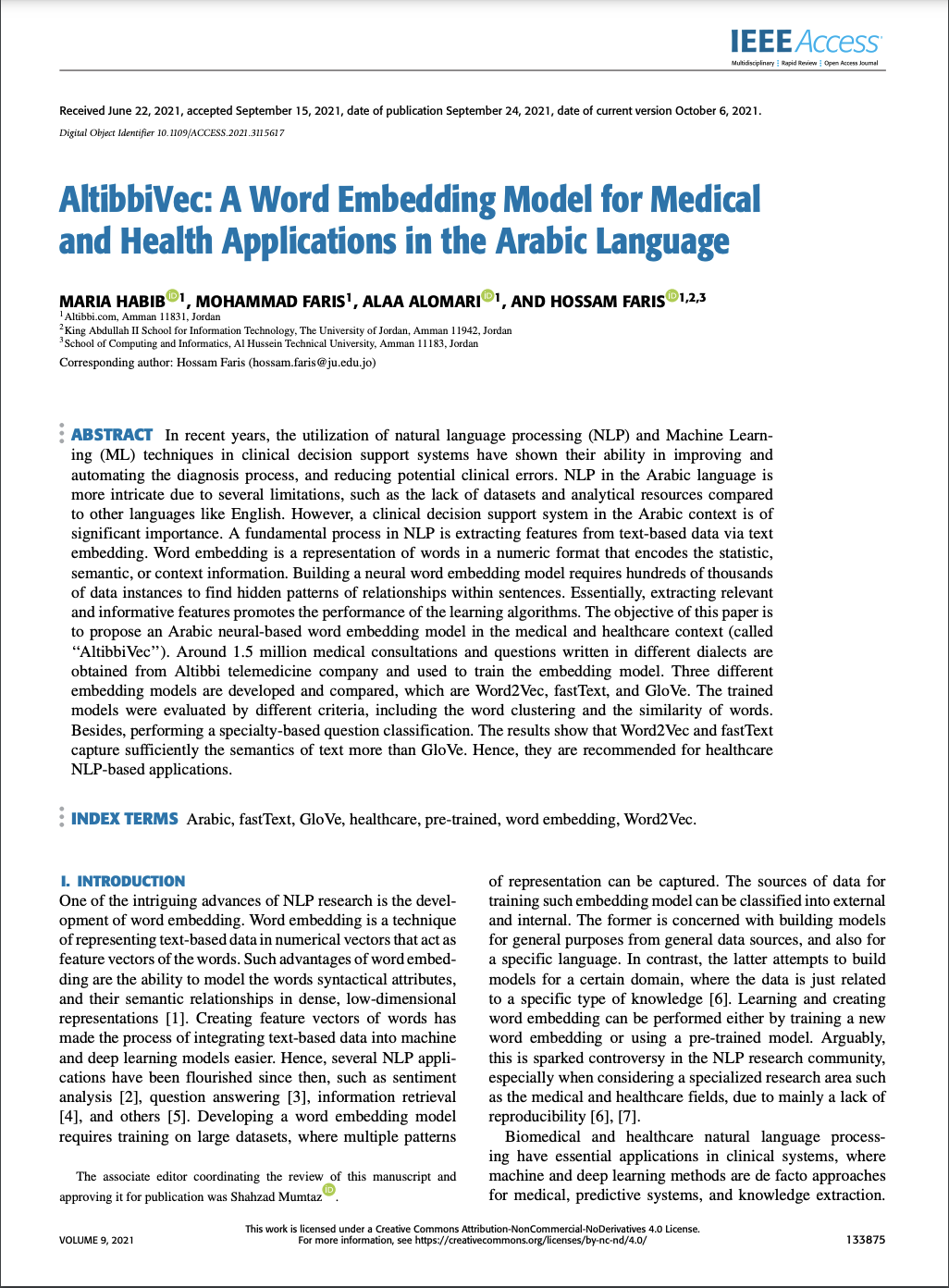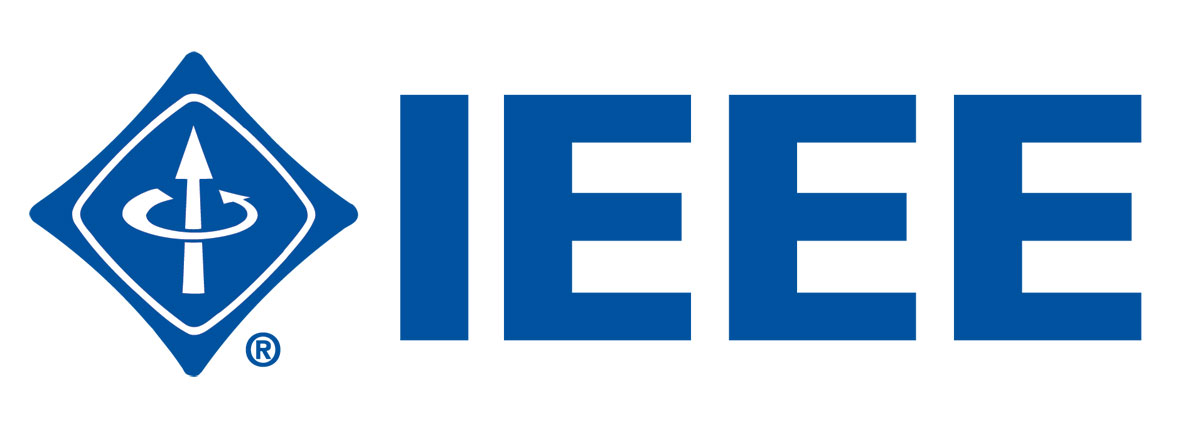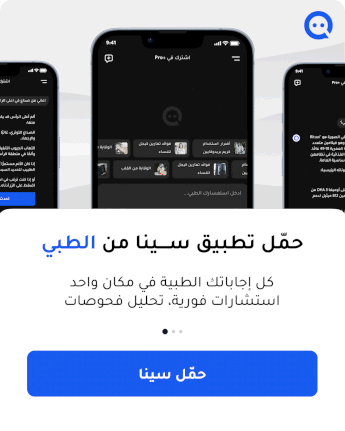
As Covid-19 invaded the world, speeding up the process of addressing the medical questions and providing healthcare support in a timely acceptable manner became a humanity target and public responsibility for governments and organizations. This forced the awareness about telemedicine and helped the telemedicine service providers like Teladoc, American Well (Amwell), Babylon Health, and Altibbi to have more popularity around the world. Altibbi is a digital health cloud-based platform that focuses on telemedicine service for primary care purposes, Health Management Systems (HMS) and medical Arabic content, targeting the MENA region with more than 5 million structured medical consultation, more than 3 million accredited and verified medical content, and about 1 million electronic medical record (EMR). The telemedicine service is being provided through multiple channels like video, live chat, Global System for Mobile (GSM) calls, or asynchronous response.
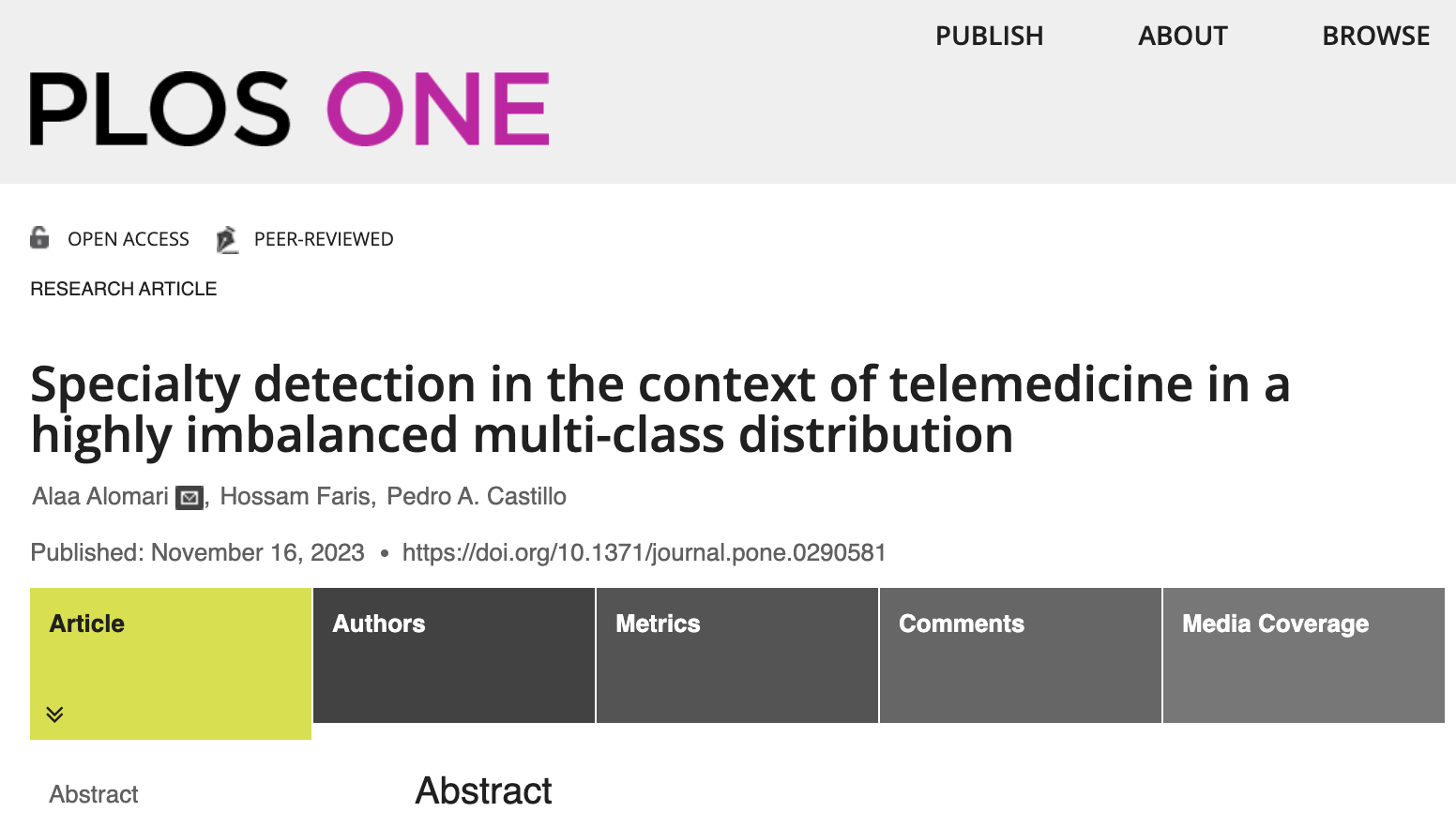 Download File
Download File 
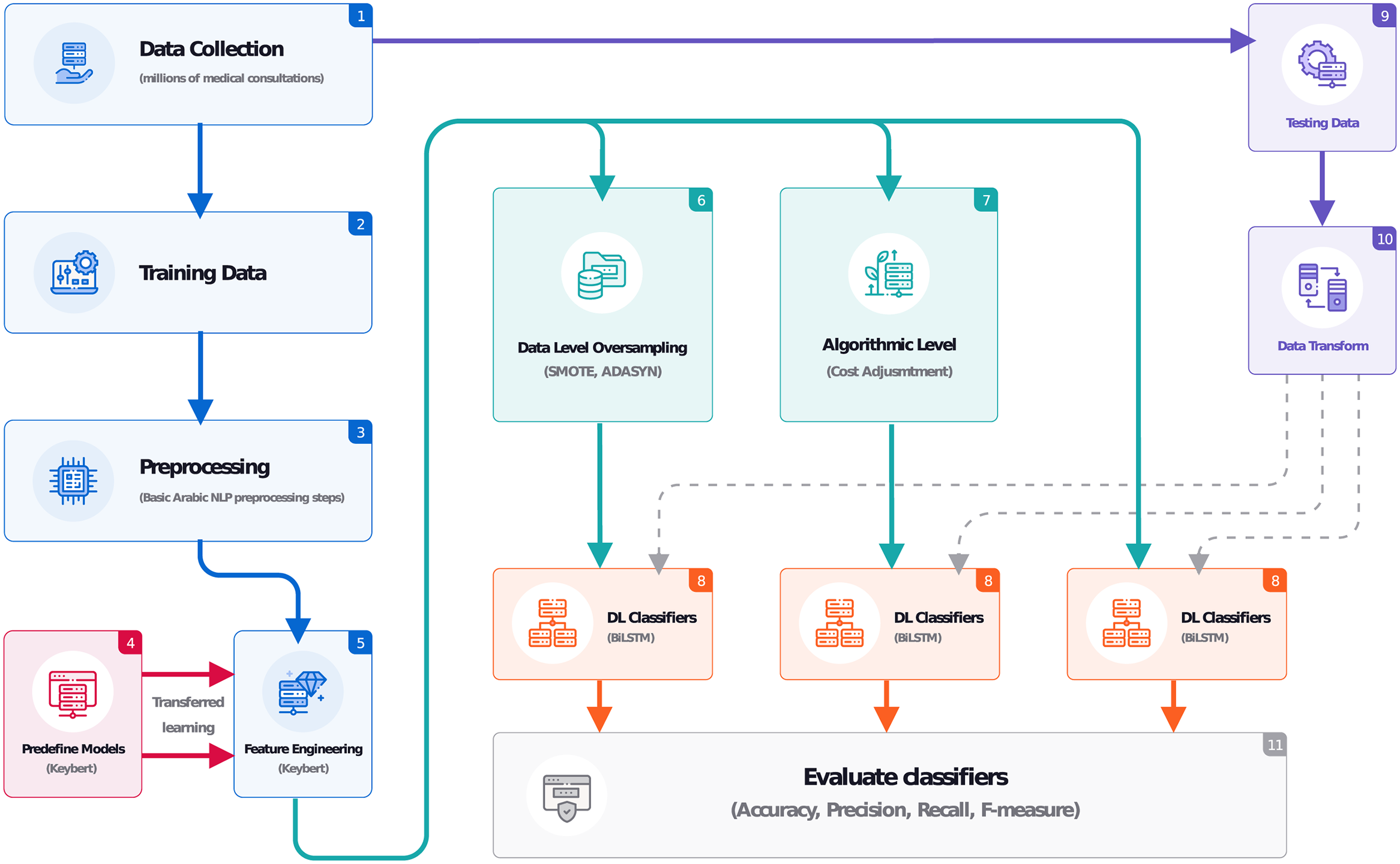
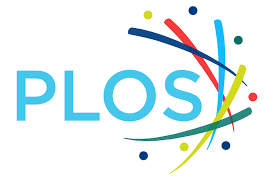
As Covid-19 invaded the world, speeding up the process of addressing the medical questions and providing healthcare support in a timely acceptable manner became a humanity target and public responsibility for governments and organizations. This forced the awareness about telemedicine and helped the telemedicine service providers like Teladoc, American Well (Amwell), Babylon Health, and Altibbi to have more popularity around the world. Altibbi is a digital health cloud-based platform that focuses on telemedicine service for primary care purposes, Health Management Systems (HMS) and medical Arabic content, targeting the MENA region with more than 5 million structured medical consultation, more than 3 million accredited and verified medical content, and about 1 million electronic medical record (EMR). The telemedicine service is being provided through multiple channels like video, live chat, Global System for Mobile (GSM) calls, or asynchronous response.
 Download File
Download File 
 تسجيل دخول
تسجيل دخول 





